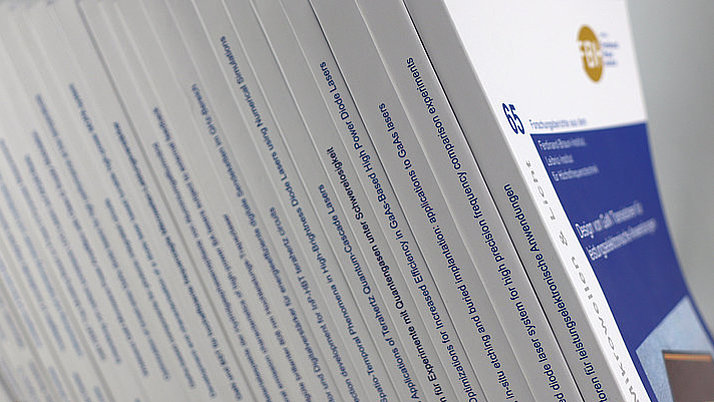In vivo detection of changes in cutaneous carotenoids after chemotherapy using shifted excitation resonance Raman difference and fluorescence spectroscopy
S. Jung1, M.E. Darvin1, J. Schleusener1, G. Thiede1, J. Lademann1, M. Braune2, M. Maiwald2, B. Sumpf2, G. Tränkle2,3, D. Kutzer4, F. Elban1, H. Fuss4
Published in:
Skin Res Technol., vol. 26, no. 2, pp. 301-307, doi:10.1111/srt.12800 (2020).
Abstract:
Background: Various cutaneous toxicities under chemotherapy indicate a local effect of chemotherapy by secretion after systemic application. Here, changes in the fluorescence and Raman spectral properties of the stratum corneum subsequent to intravenous chemotherapy were assessed.
Methods: Twenty healthy subjects and 20 cancer patients undergoing chemotherapy were included. Measurement time points in cancer patients were before the first cycle of chemotherapy (Tbase) and immediately after intravenous application of the chemotherapy (T1). Healthy subjects were measured once without any further intervention. Measurements were conducted using an individually manufactured system consisting of a handheld probe and a wavelength-tunable diode laser-based 488 nm SHG light source. Hereby, changes in both skin fluorescence and shifted excitation resonance Raman difference spectroscopy (SERRDS) carotenoid signals were assessed.
Results: Healthy subjects showed significantly (P < .001) higher mean concentrations of carotenoids compared to cancer subjects at Tbase. An increase in fluorescence intensity was detected in almost all patients after chemotherapy, especially after doxorubicin infusion. Furthermore, a decrease in the carotenoid concentration in the skin after chemotherapy was found.
Conclusion: The SERRDS based noninvasive detection can be used as an indirect quantitative assessment of fluorescent chemotherapeutics. The lower carotenoid SERRDS intensities at Tbase might be due to cancerous diseases and co-medication.
1 Department of Dermatology, Venerology and Allergology, Center of Experimental and Applied Cutaneous Physiology, Charité - Universitätsmedizin Berlin, Berlin, Germany
2 Ferdinand-Braun-Institut, Leibnitz-Institut für Höchstfrequenztechnik, Berlin, Germany
3 Fakultät IV, Technische Universität Berlin, Berlin, Germany
4 Department Hematology and Oncology, Helios Klinikum Bad Saarow, Bad Saarow, Germany
Keywords:
carotenoids, chemotherapy, fluorescence, Raman difference spectroscopy, shifted excitation resonance
© 2020 The Authors. Skin Research and Technology Published by John Wiley & Sons Ltd.
This is an open access article under the terms of the Creative Commons Attribution License, which permits use, distribution and reproduction in any medium, provided the original work is properly cited.
Full version in pdf-format.


